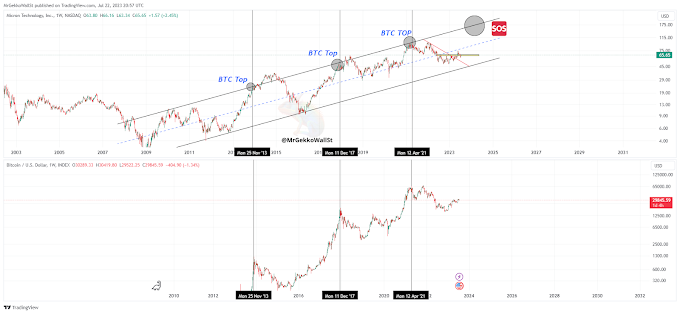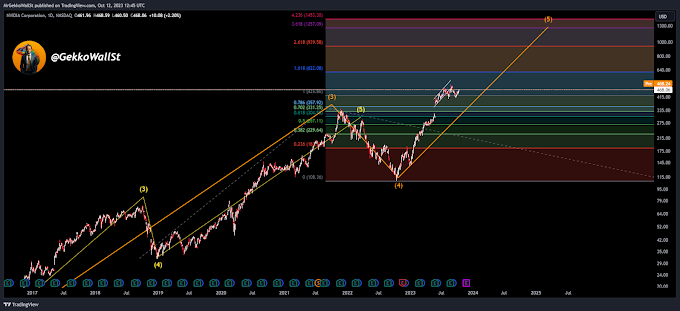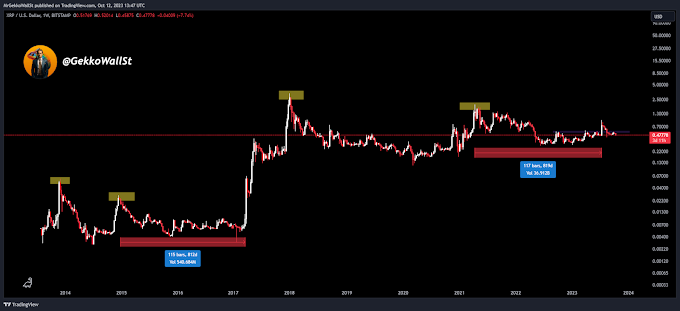A Layer 2 blockchain, also known as a second layer blockchain, is a solution aimed at improving the scalability and efficiency of an existing blockchain without the need for direct changes to the main blockchain (Layer 1). It's designed to address issues of congestion and high transaction fees that can occur in first layer blockchains like Bitcoin or Ethereum.
The concept behind Layer 2 blockchains is to offload some of the processing and transaction activities from the main blockchain while still maintaining a certain level of security and trust. This is achieved by creating secondary networks or "layers" that operate in parallel with the main blockchain.
There are several approaches to implementing Layer 2 solutions, with the most common ones being:
1. Payment Channels: These channels enable off-chain transactions between participants, reducing the load on the main blockchain. Transactions are digitally signed and recorded on the blockchain only when the channel is closed. Examples include the Lightning Network for Bitcoin and the Raiden Network for Ethereum.
2. Plasma: Plasma is a framework that allows the creation of smaller blockchains connected to the main blockchain. These smaller blockchains, known as "child chains," can process a large number of transactions within their own environment, reducing the load on the main blockchain.
3. Rollups: This approach involves bundling multiple transactions into a single aggregated transaction and publishing that information on the main blockchain. Details of individual transactions are kept off the main blockchain, which improves scalability. There are data rollups and security rollups, depending on where transaction validation occurs.
4. Sidechains: Sidechains are independent blockchains that operate alongside the main blockchain, allowing users to move assets and execute smart contracts on a separate network. Transactions on the sidechain don't directly impact the main blockchain, thus enhancing scalability.
Layer 2 blockchains have the potential to significantly increase processing capacity and reduce transaction fees, making blockchain networks more viable for large-scale use cases. However, each approach has its own advantages, challenges, and security considerations, and the adoption of these solutions depends on the specific application and the needs of the blockchain network in question.






